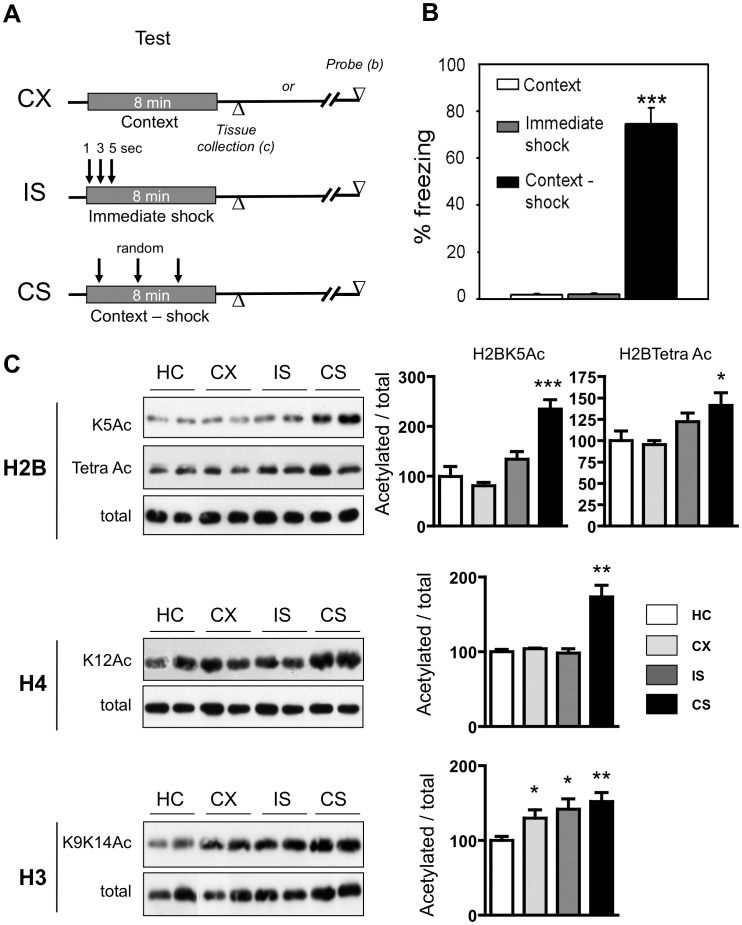Figure 2. Impact of contextual fear conditioning on histone acetylation in the rat hippocampus.
(A) Experimental design. Three groups of rats (n = 16/group) were used. In one group, rats were kept in the context but received no shock (CX). Others received three immediate and consecutive shocks and were subsequently left in the context for 8 min (IS). In the last group, rats received three randomly-distributed shocks while being kept in the context as noted (CS). Animals (n = 10/group) were then either tested for freezing behavior after 24 h (probe) (B; n = 10/group) or euthanized after 1 h for tissue collection (dorsal hippocampus) and western blot analyses of acetylated histones (C; n = 6/group). (B) Freezing levels at 24 h. Notice that marked freezing was observed only in the Context-shock group (CS), demonstrating that rats of this group were the only ones to have associated the shock with the context and memorized this association. (C) Comparison of acetylated and total histone levels in the three groups relative to their counterparts taken from the home cage (HC, n = 6). Lysine acetylations measured were H2BK5 (K5Ac, plain histograms), H2BK5K12K15K20 (Tetra Ac, stripped histograms), H4K12 (K12Ac) and H3K9K14 (K9K14Ac). Typical western blots are shown in duplicates. Quantified results are represented as % induction of the Acetylated/total ratio for each histone. The ratio obtained in the HC condition was arbitrarily set at 100%. Newman-Keuls multiple comparisons test: ***p<0.001**p<0.01, *p<0.05, as compared to HC group. Global H2B and H4 histone acetylation levels were clearly increased in the group exhibiting fear towards the context (CS) as compared to the other situations, while H3 acetylation levels were increased in CS and both controls (CX and IS ) as compared to rats completely naive to the test situation (HC).

